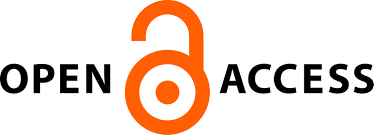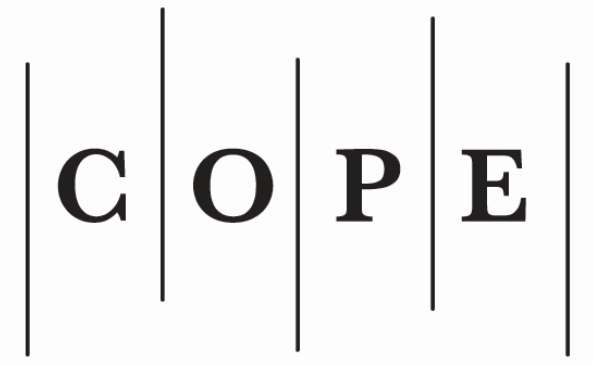Privatumas skaitmeniniame amžiuje: miręs ar gyvas?! Naujo ES duomenų apsaugos reguliavimo kontekstas
plugins.themes.bootstrap3.article.main68a9d7f804736
Santrauka
Purpose – To review and critically discuss the current state of privacy in the context of constant technological changes and to emphasize the pace of technological advancements and developments reached over the time when the last EU data protection laws came into effect. These facts inevitably affect the perception of privacy and raise the question of whether privacy is dead or takes the last breath in the digital age? This paper is an attempt to address this question.
Design/Methodology/Approach – Based on the comparison and systematic analysis of scientific literature, the authors discuss problematic issues related to privacy and data protection in the technology era – where these issues are too complicated to be clearly regulated by laws and rules since “laws move as a function of years and technology moves as a function of months” (Ron Rivest). Therefore, this analytical approach towards the issue may help to facilitate reaching the best-fit decision in this area.
Findings – The authors emphasize the change of perception of privacy, which originated and grew on the idea of “an integral part of our humanity”, the “heart of our liberty” and “the beginning of all freedoms” (Solove, 2008), leading to the recently raised idea that privacy is severely hanging with threat. The authors are of the opinion that legislation and regulation may be one of the best and effective techniques for protecting privacy in the twenty-first century, but it is not currently adequate (Wacks, 2012). One of the solutions lies in technology design.
Research limitations/implications – The aspects of privacy and data protection in the European Union have been widely discussed recently because of their broad applicability. Therefore, it is hardly possible to review and cover all the important aspects of the issue. This article focuses on the roles of technology and legislation in securing privacy. The authors examine and provide their own views based on the critical analysis of the outstanding scientific material.
Practical implications – The authors highlight the ongoing change of perception of privacy. If regulation is left behind the development of technology, privacy will hardly stay alive. On the other hand, if legislation is applied on an ex-ante basis, technological development will depend on the legislators. The balance of both may be the golden means and it basically depends on the coordinated behavior of all the stakeholders.
Value – The article emphasizes that the rising role of sharp development of technology by itself does not violate privacy. It is the people using this technology and the policies they carry out that create violations (Garfinkel, 2000). In fact, threats, in the first instance, are the consequences of human behavior. In other words, technology can be a significant factor of violating or demolishing privacy, however, it may also be the major method of protecting it. The balance of both may be the key means.
Research type – general review.
Design/Methodology/Approach – Based on the comparison and systematic analysis of scientific literature, the authors discuss problematic issues related to privacy and data protection in the technology era – where these issues are too complicated to be clearly regulated by laws and rules since “laws move as a function of years and technology moves as a function of months” (Ron Rivest). Therefore, this analytical approach towards the issue may help to facilitate reaching the best-fit decision in this area.
Findings – The authors emphasize the change of perception of privacy, which originated and grew on the idea of “an integral part of our humanity”, the “heart of our liberty” and “the beginning of all freedoms” (Solove, 2008), leading to the recently raised idea that privacy is severely hanging with threat. The authors are of the opinion that legislation and regulation may be one of the best and effective techniques for protecting privacy in the twenty-first century, but it is not currently adequate (Wacks, 2012). One of the solutions lies in technology design.
Research limitations/implications – The aspects of privacy and data protection in the European Union have been widely discussed recently because of their broad applicability. Therefore, it is hardly possible to review and cover all the important aspects of the issue. This article focuses on the roles of technology and legislation in securing privacy. The authors examine and provide their own views based on the critical analysis of the outstanding scientific material.
Practical implications – The authors highlight the ongoing change of perception of privacy. If regulation is left behind the development of technology, privacy will hardly stay alive. On the other hand, if legislation is applied on an ex-ante basis, technological development will depend on the legislators. The balance of both may be the golden means and it basically depends on the coordinated behavior of all the stakeholders.
Value – The article emphasizes that the rising role of sharp development of technology by itself does not violate privacy. It is the people using this technology and the policies they carry out that create violations (Garfinkel, 2000). In fact, threats, in the first instance, are the consequences of human behavior. In other words, technology can be a significant factor of violating or demolishing privacy, however, it may also be the major method of protecting it. The balance of both may be the key means.
Research type – general review.
plugins.themes.bootstrap3.article.details68a9d7f806f55
Skyrius
Mokslo straipsnis
Šiam žurnalui suteikta Creative Commons Priskyrimas - Nekomercinis platinimas - Jokių išvestinių darbų 3.0 Unported licencija
- The Author grants to the Publisher the exclusive right and licence to publish this Article without remuneration until the expiry of the economic rights: to reproduce the article in print and digital form, including its publication; to disseminate the original version of the Article or its copies in Lithuania and foreign countries; to translate the Article; to publish the article, including making it publicly available via computer networks; to reproduce and publish the Article in Lithuanian and foreign databases; to licence usage of the Article in ways described in this paragraph.
- The Author warrants that the economic rights of the Author have not been assigned or granted to third parties, that the Article has not been published so far and is not under consideration of being published elsewhere.
- The Author warrants that the Article does not violate intellectual property rights of others.
- After the Article is published in Social Technologies the Author shall have a right to make it public on personal website or on a website of an institution of affiliation, to reproduce it for non-commercial teaching or scholarly research purposes, clearly indicating that the primary source of its publication is Social Technologies.
- This consent shall be considered invalid if the Editorial Board of the Social Technologies decides not to publish the Article.







